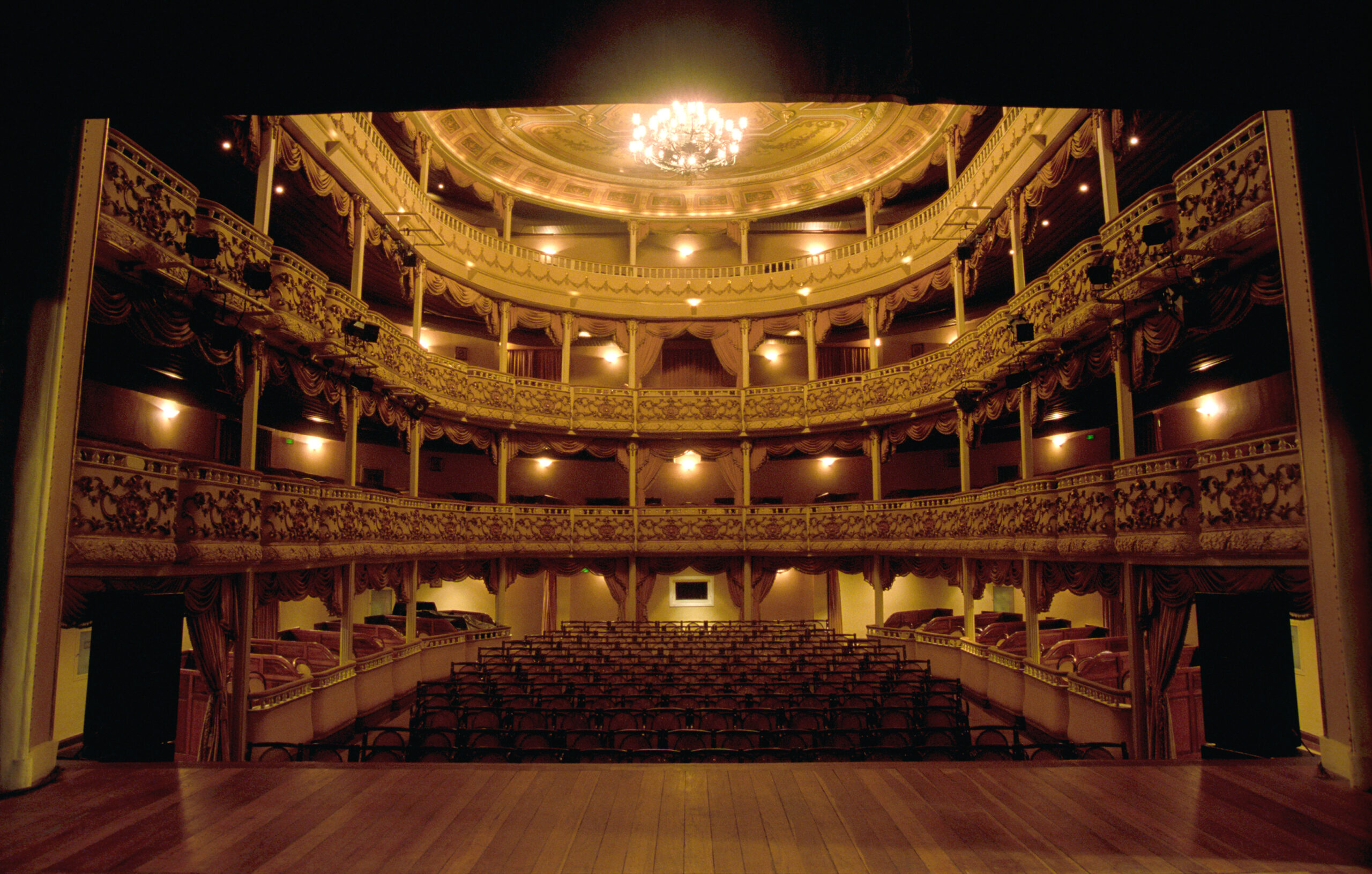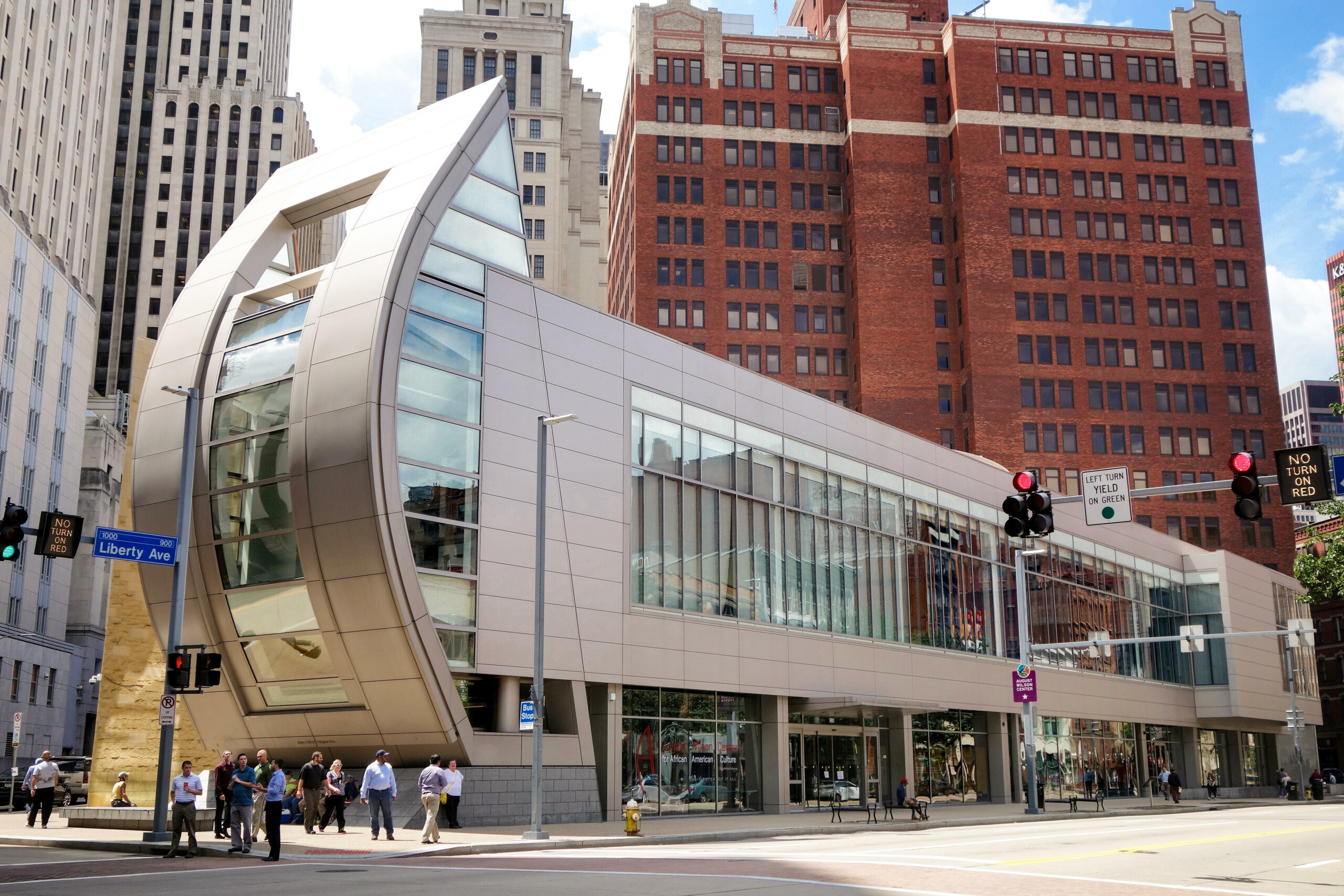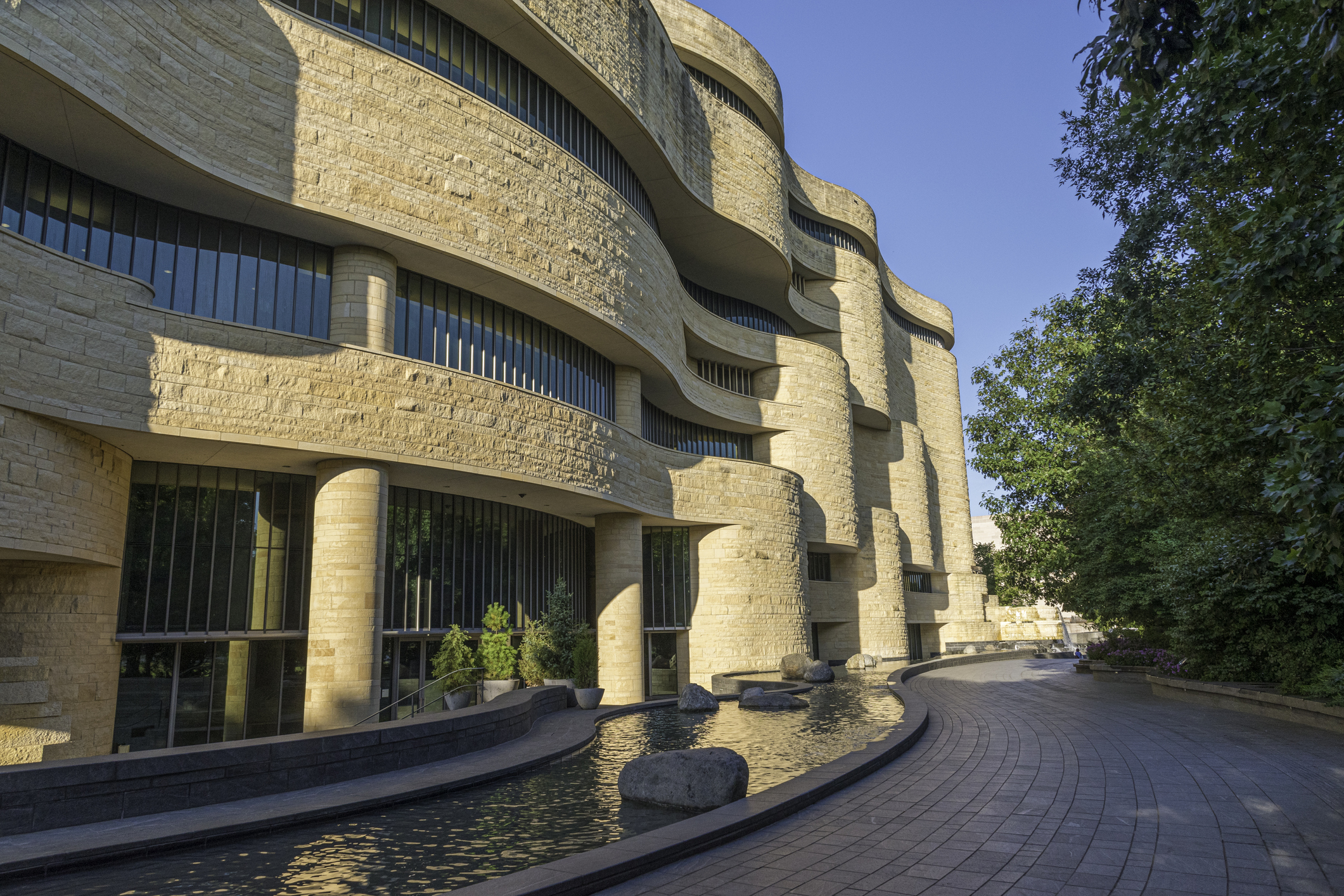
Cultural Institutions
CCS works with cultural institutions of all scales and types to help them fulfill their needs in the built environment, including theaters, museums, and performing arts centers.
In the arts, the quality of space is essential to the experience. We work directly with institutions, architects, and engineers to make sure our cultural clients get the beautiful, functional venues and offices they deserve.
We support our clients with technical expertise and functions while assembling the right team for design and construction. We’re experts in validating the design and budget forecasting. We help cultural clients get the most out of their investment dollars while ensuring projects stay on track to welcome back audiences on day one. Over the course of this work, CCS keeps stakeholders informed to demonstrate both ongoing and long-term value.
Highlights
-
100+ fine arts museums with an estimated value of $3.5 billion
-
95 theaters and performing arts venues with an estimated value of $2.7 billion
-
50 entertainment projects with an estimated value of $5.8 billion
Our process
CCS is committed to staying current on all the developments and dialogues that are affecting the cultural institutions sector. This is critical so that we raise any issues that may affect a project’s design or cost in a timely manner so that both the Owner & Architect/Engineering teams are able to effectively respond.
Cultural Institutions sector background & challenges



-
There’s no getting around it, cultural institutions were hit hard these last few years, especially those that heavily rely on the revenue from ticket sales for live performances, exhibitions, and events. Many such organizations, such as local independent theater companies, have revised their programming, while stimulus funds have been a lifeline to others. Those that remain are diversifying their offerings to include ticketed virtual events and streaming performances, while developing new sources of revenue, and tapping into their valuable databases of patrons and supporters.
-
Cultural organizations will emerge more proactive and competitive. For a lucky some, the downtime has been an opportunity to reinvest, to renovate theaters, galleries and performance spaces. Many are anticipating even greater traffic and revenue when they fully reopen. Investors in the culture space have been snapping up empty venues and warehouses in American downtowns. Why? After a time of social isolation, pent-up demand for cultural experiences (live music, gallery exhibitions, theater, etc.) outside the home where arts lovers can gather is massive. It’s not far fetched to expect that we may see a boomerang effect — with cultural gatherings, the arts and civic programming roaring back to life.
-
Drawing from the lessons of the shutdown, cultural institutions are now facing mandates to cultivate new patrons and donors during the year of reopening. They are increasingly using data analytics and sophisticated outreach strategies to build a base of support that can sustain them through the next crisis.
In addition, artistic directors are on a mission to get the programming and curation mix right during this anything-but-ordinary time. There’s no lack of subject matter. Creative offerings will respond to intense and ongoing national conversations. Inevitably, the arts will serve up both food for thought and comfort food, attending to our collective need to feel connected to each other and the future of our nation.
There’s no getting around it, cultural institutions were hit hard these last few years, especially those that heavily rely on the revenue from ticket sales for live performances, exhibitions, and events. Many such organizations, such as local independent theater companies, have revised their programming, while stimulus funds have been a lifeline to others. Those that remain are diversifying their offerings to include ticketed virtual events and streaming performances, while developing new sources of revenue, and tapping into their valuable databases of patrons and supporters.
Cultural organizations will emerge more proactive and competitive. For a lucky some, the downtime has been an opportunity to reinvest, to renovate theaters, galleries and performance spaces. Many are anticipating even greater traffic and revenue when they fully reopen. Investors in the culture space have been snapping up empty venues and warehouses in American downtowns. Why? After a time of social isolation, pent-up demand for cultural experiences (live music, gallery exhibitions, theater, etc.) outside the home where arts lovers can gather is massive. It’s not far fetched to expect that we may see a boomerang effect — with cultural gatherings, the arts and civic programming roaring back to life.
Drawing from the lessons of the shutdown, cultural institutions are now facing mandates to cultivate new patrons and donors during the year of reopening. They are increasingly using data analytics and sophisticated outreach strategies to build a base of support that can sustain them through the next crisis.
In addition, artistic directors are on a mission to get the programming and curation mix right during this anything-but-ordinary time. There’s no lack of subject matter. Creative offerings will respond to intense and ongoing national conversations. Inevitably, the arts will serve up both food for thought and comfort food, attending to our collective need to feel connected to each other and the future of our nation.


